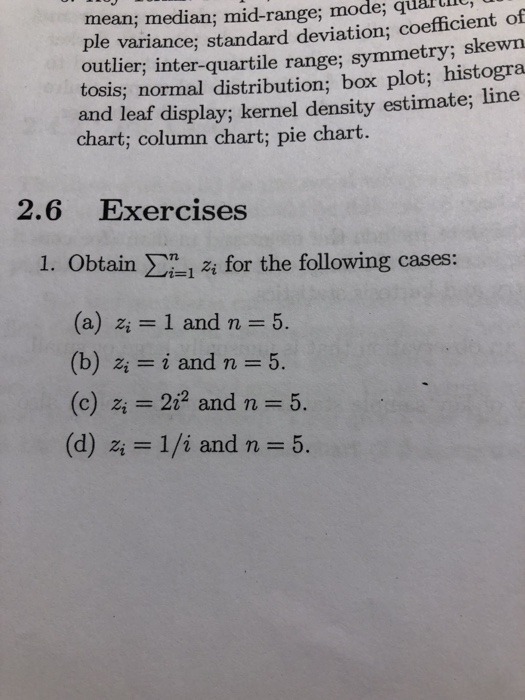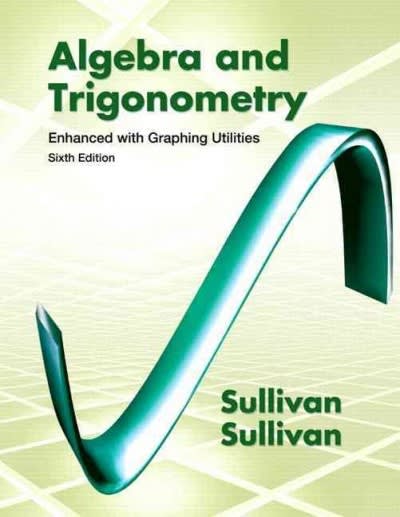Question
Of the voters in Canada, a proportion p will vote for candidate G, and a proportion 1 ? p will vote for candidate B. In
Of the voters in Canada, a proportion p will vote for candidate G,
and a proportion 1 ? p will vote for candidate B. In an election poll a number
of voters are asked for whom they will vote. Let Xi be the indicator random
variable for the event "the ith person interviewed will vote for G." A model
for the election poll is that the people to be interviewed are selected in such
a way that the indicator random variables X1, X2,. . . are independent and
have a Ber (p) distribution.
a. Suppose we use Xn to predict p. According to Chebyshev's inequality, how
large should n be (how many people should be interviewed) such that the
probability that Xn is within 0.2 of the "true" p is at least 0.9?
Hint: solve this first for p = 1/2, and use that p(1 ? p) ? 1/4 for all
0 ? p ? 1.
b. Answer the same question, but now Xn should be within 0.1 of p.
c. Answer the question from part a, but now the probability should be at
least 0.95.
d. If p > 1/2 candidate G wins; if Xn > 1/2 you predict that G will win.
Find an n (as small as you can) such that the probability that you predict
correctly is at least 0.9, if in fact p = 0.6.
13.5 You are trying to determine the melting point of a new material, of
which you have a large number of samples. For each sample that you measure
you find a value close to the actual melting point c but corrupted with a
measurement error. We model this with random variables:
Mi = c + Ui
where Mi is the measured value in degree Kelvin, and Ui is the occurring
random error. It is known that E[Ui] = 0 and Var(Ui) = 3, for each i, and that
we may consider the random variables M1, M2, . . . independent. According
to Chebyshev's inequality, how many samples do you need to measure to be
90% sure that the average of the measurements is within half a degree of c?
13.6 The casino La bella Fortuna is for sale and you think you might want
to buy it, but you want to know how much money you are going to make. All
the present owner can tell you is that the roulette game Red or Black is played
about 1000 times a night, 365 days a year. Each time it is played you have
probability 19/37 of winning the player's bet of
Consider the following situation. Suppose we have two fair dice, D1
with 5 red sides and 1 white side and D2 with 1 red side and 5 white sides.
We pick one of the dice randomly, and throw it repeatedly until red comes
up for the first time. With the same die this experiment is repeated two more
times. Suppose the following happens:
First experiment: first red appears in 3rd throw
Second experiment: first red appears in 5th throw
Third experiment: first red appears in 4th throw.
Show that for die D1 this happens with probability 5.7424 10?8, and for
die D2 the probability with which this happens is 8.9725 10?4. Given these
probabilities, which die do you think we picked.



Step by Step Solution
There are 3 Steps involved in it
Step: 1

Get Instant Access to Expert-Tailored Solutions
See step-by-step solutions with expert insights and AI powered tools for academic success
Step: 2

Step: 3

Ace Your Homework with AI
Get the answers you need in no time with our AI-driven, step-by-step assistance
Get Started


